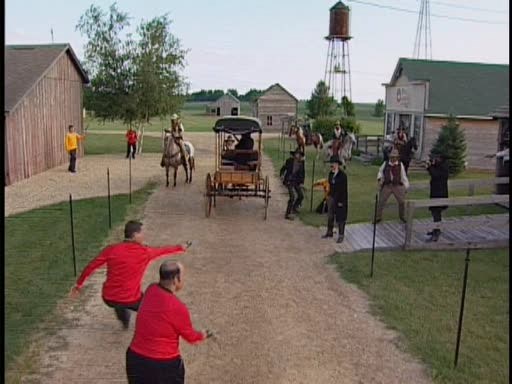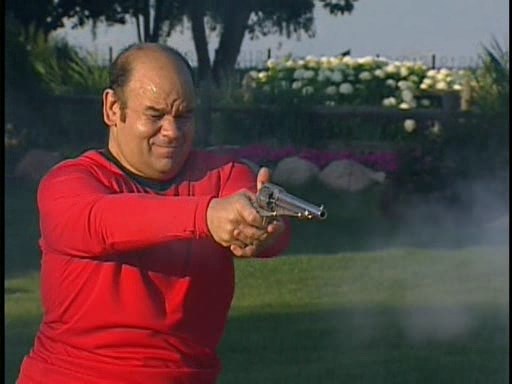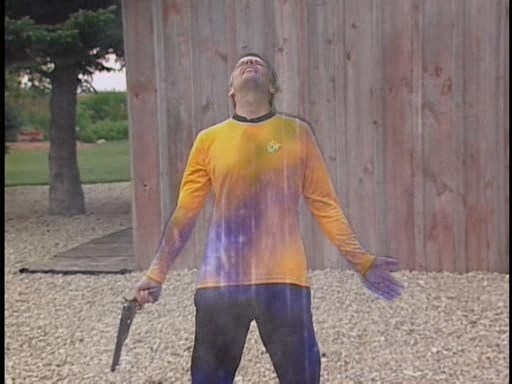thee liewickeder thing
Season of the Big 30
09.16.2024
It's been a while since I've shared a major post on the front page here. Yes, I've been busy but luckily not distracted. And September is the monthiest month, is it not? Well.
These days I think there are some key differences to ones that came before. Namely, I've aged and suddenly become thirty years old! And I'm excited by that. My 20s were great but rather hurried and I am looking forward to a different rhythm for life that is, not exactly slower, just to avoid that term's lame bourgoise context these days, but focused and deliberate. I did a lot in a decade and I am curious to see what can be done with another ten more!
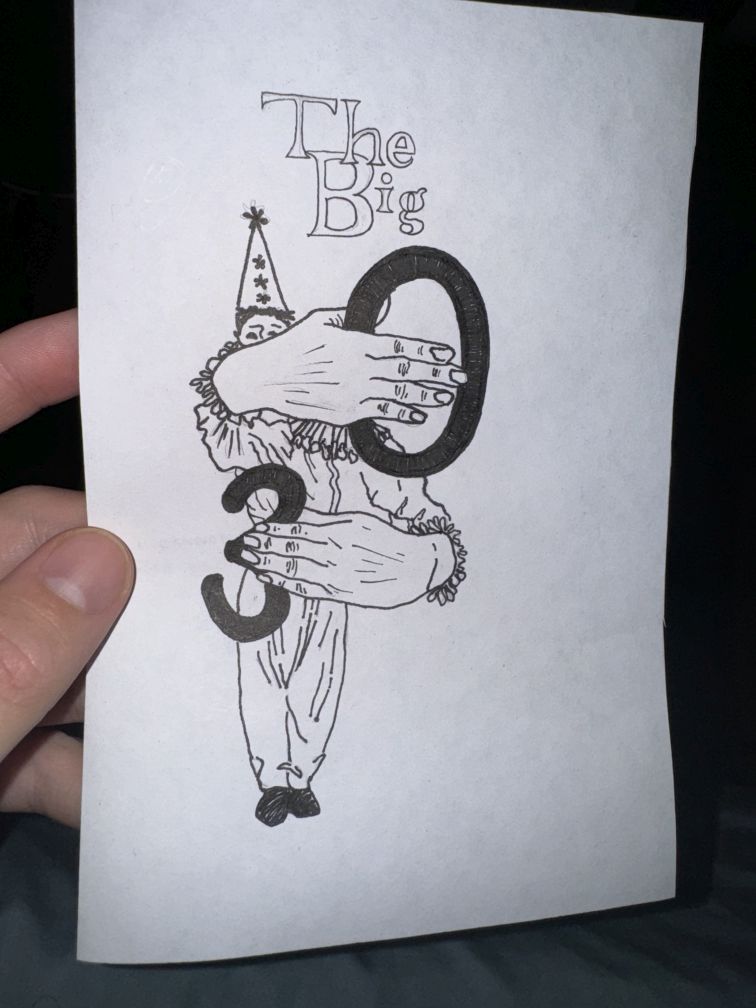
I'll spare some of the details about life at home, but things on all fronts are excellent. I can tell a connection to the place I live has formed, and there's a sense that I have ties with people in ways that I never did in all my time as an adult. It's nice. Nourishing those connections is something that is seeming more and more worth doing.
My level design work is going great as well. I think it was this past June that I decided to actually complete and publish my first Quake map, which you can read about in my newly created level design portfolio here and download from Slipseer or my itch.io page. I am experiencing the distinguished pleasure of seeing people play and review it on Slipseer, which I only just found out about. And I am eating up all the engagement that I'm getting, responding to feedback and releasing new versions of the map as requires. It's really great to be part of some community, one that values creative work in plain ways and appreciates craft.
My second map is nearly nearly done already. Just this past weekend I heard back from some playtesters who ran through what I'd say is a 80% completed version of it, the map I am calling You Are the Inch Valley Captive. Compared with Nameless Revenge, this was made harnessing the kind of 30s energy I alluded up above. This map was almost entirely sketched out before I seriously began to work on it. And it was built with some restrictions placed on myself after my experience breaking things without understanding while building my first map. Additionally, thanks to a friend over at SelectButton, who was my sole playtester, I have strived to really amp up my level design work with YAIVC to create fun, tricky, and challenging encounters. I'm very proud of what I have. And I'd like to think the publication date is coming up soon.
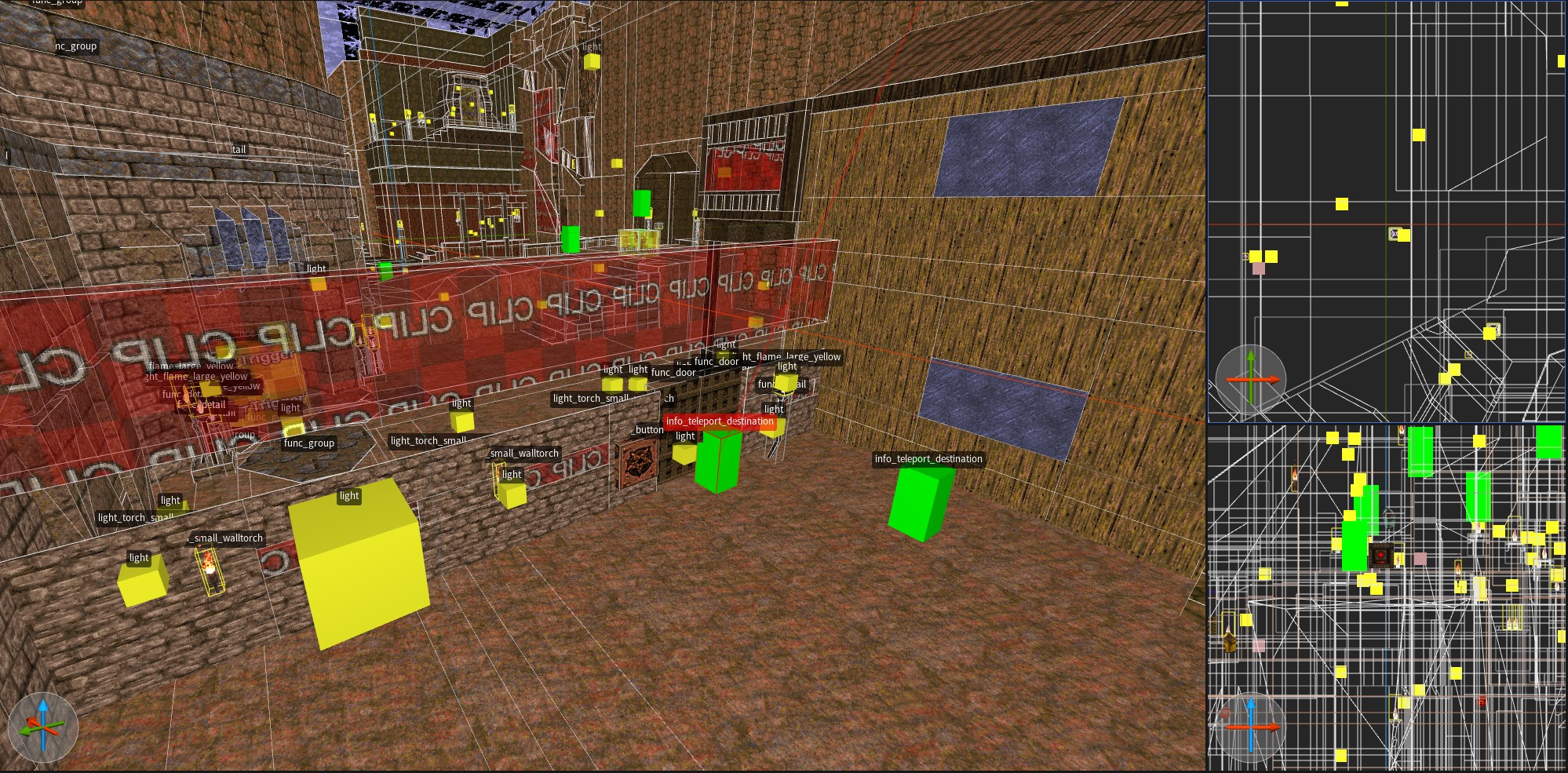
Every two years I think it's fair to expect some serious change. And I can feel that my relationship to novel-reading is undergoing a transformation. For most of my twenties I felt that reading books was really close to my identity. These days, I think just reading in general is closer than reading novels specifically. I understand... there are many factors that weigh upon an experience, but it's been more common than not that I am in the middle of a book and have to work very seriously to maintain interest in it. So, noticing this about myself, I have taken to reading different genres of literature, and comics, and rule books, and blog posts, and stories. The amount of novels I have read this year is somewhere just above or close to ten, so it isn't like I have stopped reading them. But I appreciate that it's a good deal less than I have in recent years, and the amount of short-form, comic, or technical literature I am reading is increasing in proportion.
I have been reading a lot of EC Comics, board game rule books, RPG manuals, and forum posts. In addition to some good ol' long-form literature like Wuthering Heights, hard-boiled crime fiction likeRed Harvest, and fantasy/scifi like The Dispossessed or Titus Groan and really enjoying myself. I guess I am excited about classic genre fiction these days, though I get my fine dose of realism and melodrama from film pretty regularly.
My excitement over boardgaming is finally entering into a relaxed phase, which involves less buying and sampling and more playing of games I know that I like. Three years into this, I think I have some favorites, including Concordia, Castles of Burgundy, Carcassonne, Grand Austria Hotel, Great Western Trail, Ark Nova, and a few others. I've played a number of different games in different groups and I have a sense that I actually prefer the more abstract euro games over something richly thematic, because the former just seem on average easier to set up and teach and get playing than the latter. But when it's me and my fiance, we can have our pick at basically all kinds of games and we enjoy abstract and thematic in like.
Some highlights from this year have included playing a full-game of the GF9 Dune game, a great game of Dune Imperium with some new friends over at our place, playing Grand Austria Hotel while watching Sergio Leone's Once Upon a Time in America during a storm, and a lovely two-player game of Carcassonne: Hunters and Gatherers with Aimee outdoors on a nice early Summer day with bao and some drinks.
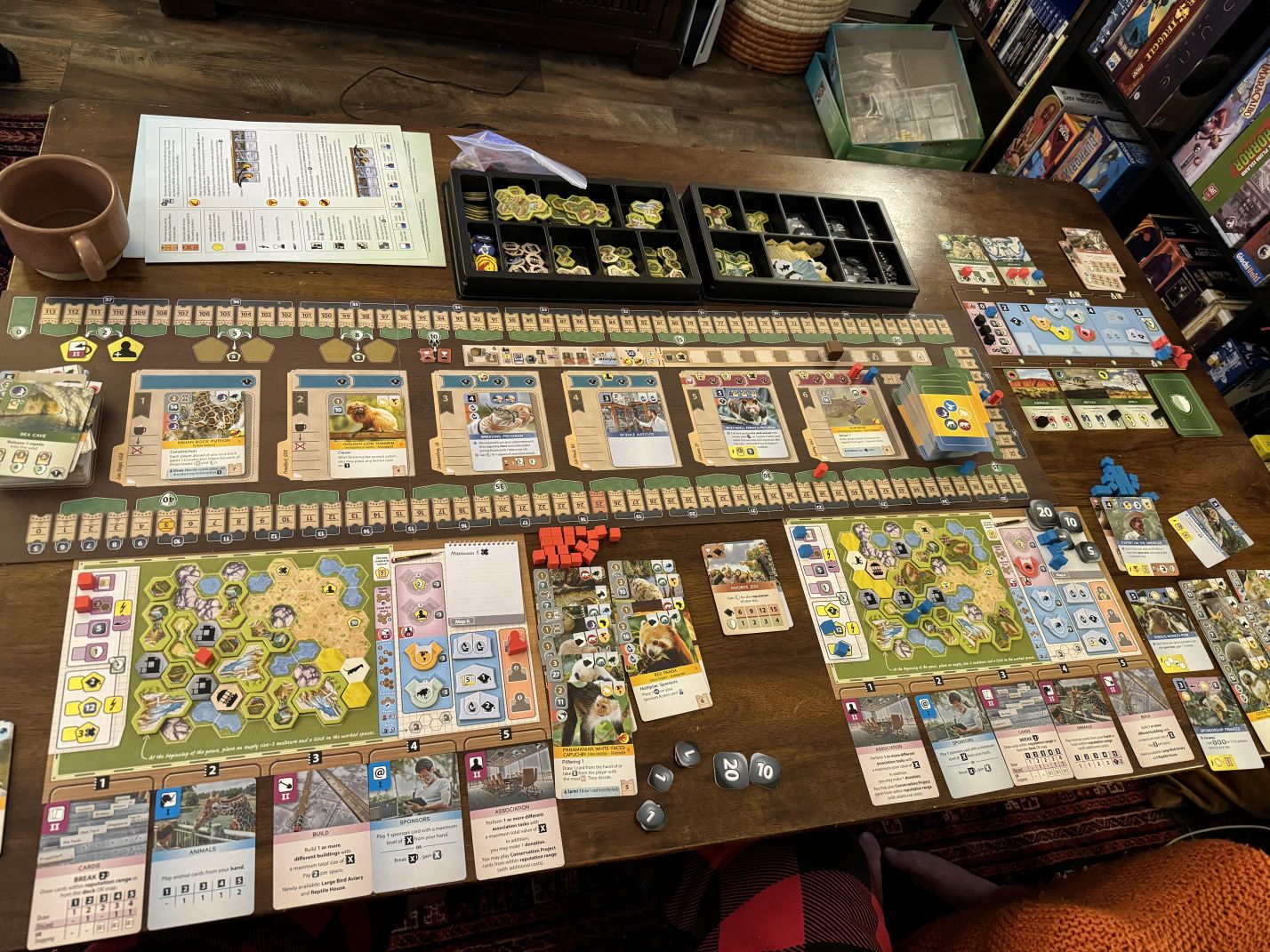
On the virtual gaming front this year I've been skewing heavily towards Japanese adventure and roleplaying games. I am fascinated by the variety on display in the mainline Final Fantasy series throughout that franchise's multiple decades of history, and I have played (am playing still) the earliest games in the series across a few emulated platforms this year, and I'm dreaming to play some of the latest entries as well. Additionally I've played my first Yakuza game in some years after rushing through the first five back-to-back in 2015-2017. I also went back and replayed Dragon's Dogma: Dark Arisen and was finally able to grasp the genius of it--which did nothing to protect me from being completely stone-walled by the Dark Bishop boss in the DLC. Alas! The spirit of quitting when it's time to quit is life-giving, as it was when I also quit at the very last boss of Shadows of the Erdtree.
Ever since I did more or less the same thing right before entering Zeus' boss room in God of War 3 on the PS3 way back then... I've relished a perverse delight in quitting things right before the climax, It's just this funny form of disrespect, this spiritual slight I love to affect at times. Hehe....
At present I am really eager to play but specifically run an RPG with people online or irl. I have this sicko crave to roleplay and rut through some systems with a gaggle of others, and I am trying to approach forming a group and conceiving of a game in as practical a way as possible. More than having fun, I count learning RPGs and running them and designing experiences in that way as design experience. And I am ever so eager for more chances to design, test, and iterate these days. This is my hope for the upcoming Fall: to have a really satisfying time playing Dungeon World with a few friends of mine. And to laugh and to learn something as we do.
So take care strangers.
—Braden
